VIBRATION DIAGNOSIS 'REED' TACHOMETER INFORMATION

MODELS: ALL MODELS
Diagnosing vibrations and isolating the responsible component or components can be both difficult and time consuming. To aid in diagnosing vibration, a Reed Tachometer can be used to identify the frequency of a repetitive vibration.
The Biddle Frahm Reed Tachometer (reference Figure No. 1) measures vibration frequency in cycles per minute. It consists of two rows of reeds and each reed is designed to vibrate at a particular frequency. Each component on a vehicle will vibrate at a natural frequency. This frequency acts like a fingerprint and will identify a component.
For a particular component, this frequency will vary with vehicle speed and/or engine rpm.
To diagnose the source of a vibration complaint, two inputs are required:
Engine rpm - Read from vehicle tachometer or portable tachometer.
Frequency of the vibration - The frequency of the vibration can be read from the scale on the Reed Tachometer.
Some components may induce more than one vibration at a given speed. These multiple vibrations are referred to as the order of a vibration. The order of a vibration refers to the number of disturbances created by one rotation of a component. For example, a tire with one heavy spot will produce one disturbance each rotation--a first order vibration (Figure No. 2). An oval shaped tire will produce two disturbances each rotation--a second order vibration (Figure No. 3).
Vehicle drivelines can also cause first and second order vibrations. First order driveline vibrations are caused by an out of balance condition or excessive runout. Second order driveline vibrations are caused by:
Incorrect phasing - i.e. Shaft yokes are not parallel to each other
Incorrect U-joint angularity - As a standard U-joint rotates in a flexed position, it creates two acceleration and two deceleration periods during each revolution. That is, the shaft speeds up and slows down twice during each revolution and a second order vibration may occur. The greater the flex or working angle of a U-joint in degrees, the greater the magnitude of the accelerations and decelerations.
VIBRATION DIAGNOSIS EXAMPLES
For ease of understanding, the following examples have been isolated to problems caused by either driveline or wheel and tire systems. However, the logic applied to these problems is also applicable to other rotating components on the vehicle.
PROBLEM #1 - Road test reveals low frequency (shake) vibration at 1800 engine rpm with transmission in direct drive.
Known Facts - Reed tachometer frequency reads at 600 cycles per minute.
- Vibration is vehicle speed dependent.
- Rear end ratio 3.0 to 1.
Calculations - 1st order of tire and rear end: 1800 rpm: 3.0 rear axle ratio = 600 rpm
- 1st order of propshaft: 1800
- 2nd order of propshaft: 1800 x 2 = 3600
Solution - The vibration frequency (600) is related to the first order rotation of the tire/wheel assembly. Given this relationship, you can correct the tire/wheel assembly for a first order disturbance. The three possible causes for a first order tire disturbance are as follows:
Imbalance of tire, wheel or rotating axle component.
Eccentricity of tire, wheel or rotating component.
First harmonic radial force variation of tire.
PROBLEM #2 - Road test reveals high frequency vibration at 1500 engine rpm with transmission in direct drive.
Known Facts - Reed tachometer frequency reads 1500 cycles per minute.
- Vibration is vehicle speed dependent.
- Rear end ratio 3.0 to 1.
Calculations - 1st order of tire and rear axle: 1500 rpm 3.0 rear axle ratio = 500 rpm
- 1st order of propshaft: 1500
- 2nd order of propshaft: 1500 x 2 = 3000
Solution - The vibration frequency (1500) is related to the first order rotation of the propshaft. First order drive-shaft problems are caused by imbalance, eccentricity, a bent shaft or a combination of these causes.
PROBLEM #3 - Road test reveals high frequency vibration at 2400 engine rpm with transmission in direct drive.
Known Facts - Reed tachometer frequency reads at 4800 cycles per minute.
- Vibration is vehicle speed dependent.
- Rear end ratio 3.0 to 1.
Calculations - 1st order of tire and rear end: 2400 rpm 3.0 rear axle ratio = 800 rpm.
- 1st order of propshaft: 2400
- 2nd order of propshaft: 2400 x 2 = 4800
Solution - The vibration frequency (4800) is related to the second order rotation of the propshaft. Second order propshaft vibrations are caused by incorrect phasing (shaft yokes are not parallel to each other) or incorrect U-joint angularity.
These frequency relationships exist for all vibrations that occur in a vehicle and understanding these relationships can often solve difficult vibration problems.
REED TACHOMETER USAGE
In truck applications, experience has shown the Reed Tachometer can be placed on the instrument panel for ease of viewing and for effective pick up of a vibration. However, if a vibration exists and the vibration frequency cannot be read with the Reed Tachometer on the dash, the Reed Tachometer can be placed in other locations that may be responding to the source of the vibration. To reduce the effect of road input on the Reed Tachometer, vehicles should be test driven on a smooth road (preferably asphalt).
One of the more important things to be aware of when using the Reed Tachometer for the first time is that the reeds are very sensitive and will pick up many low amplitude vibrations. These will appear as slight movements of many reeds, and do not correspond to any particular component. Reed movement that corresponds to a vibrating component will be greater in amplitude, traveling the full range of the viewing area.

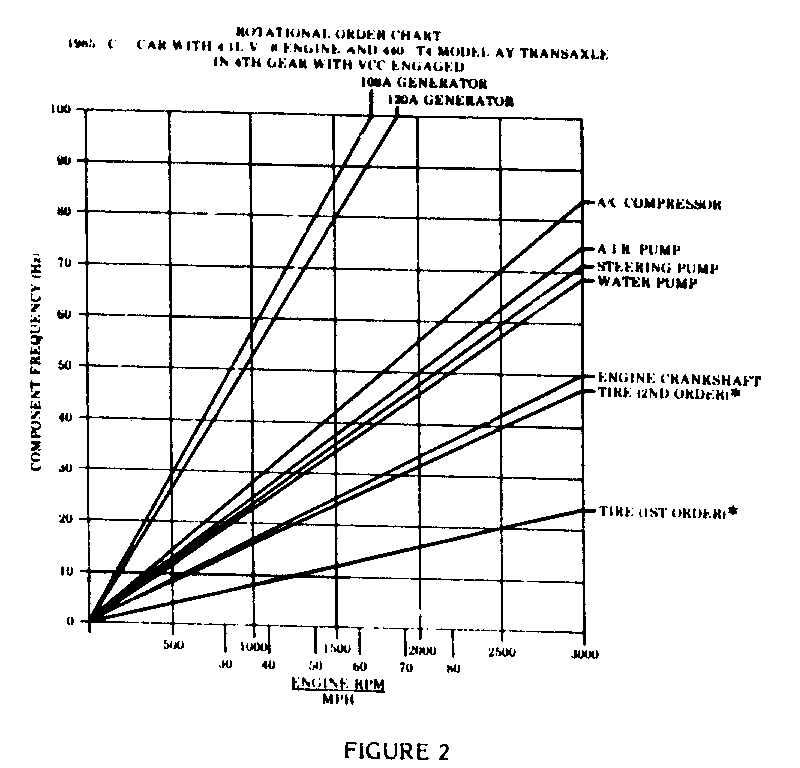
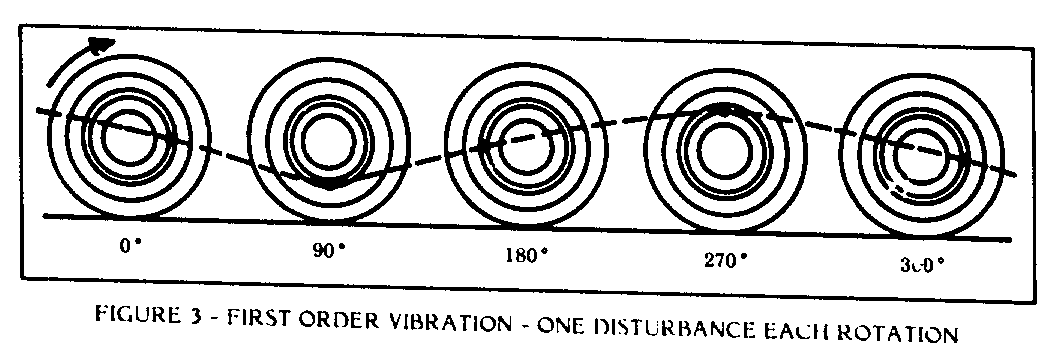


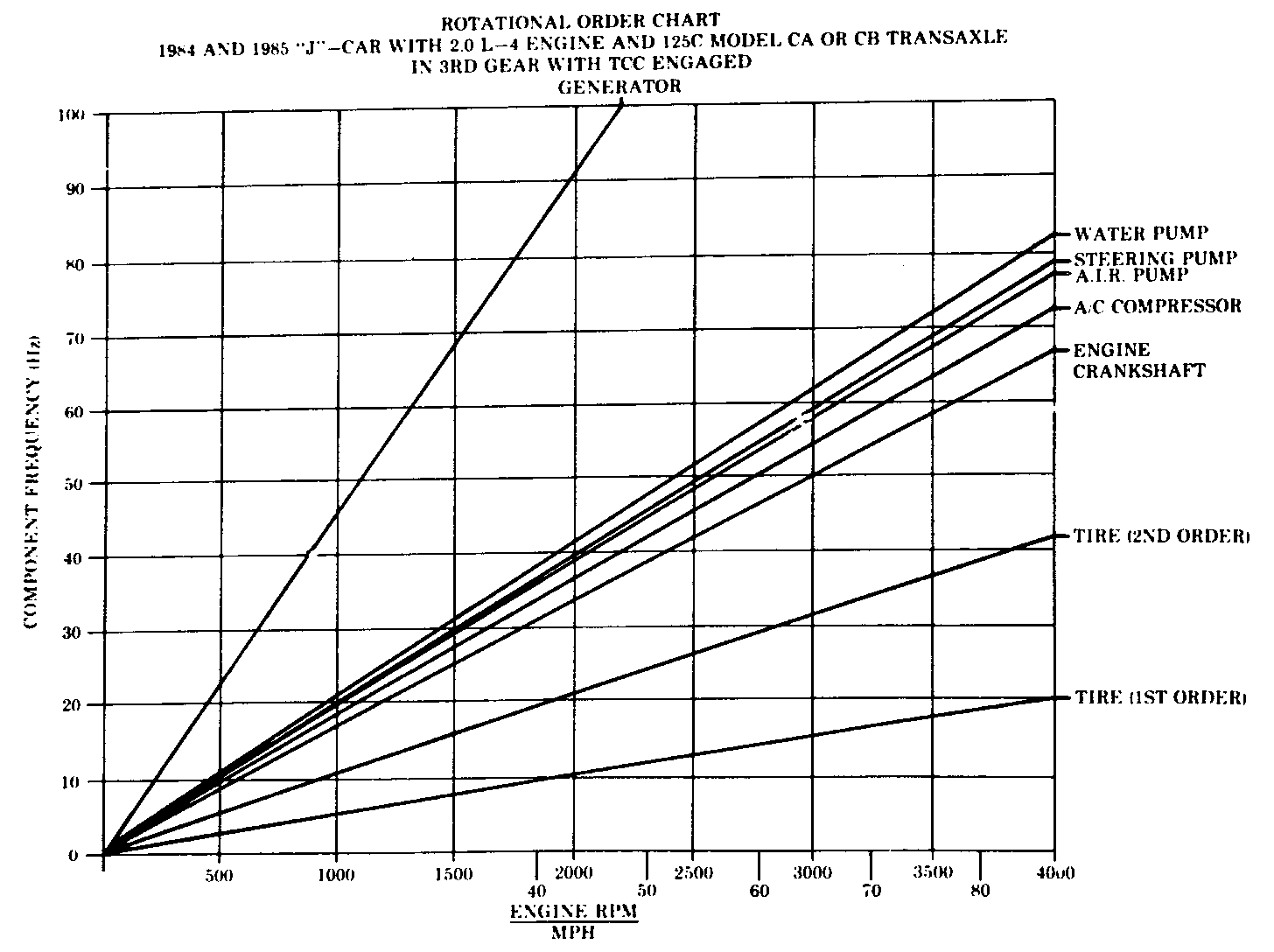
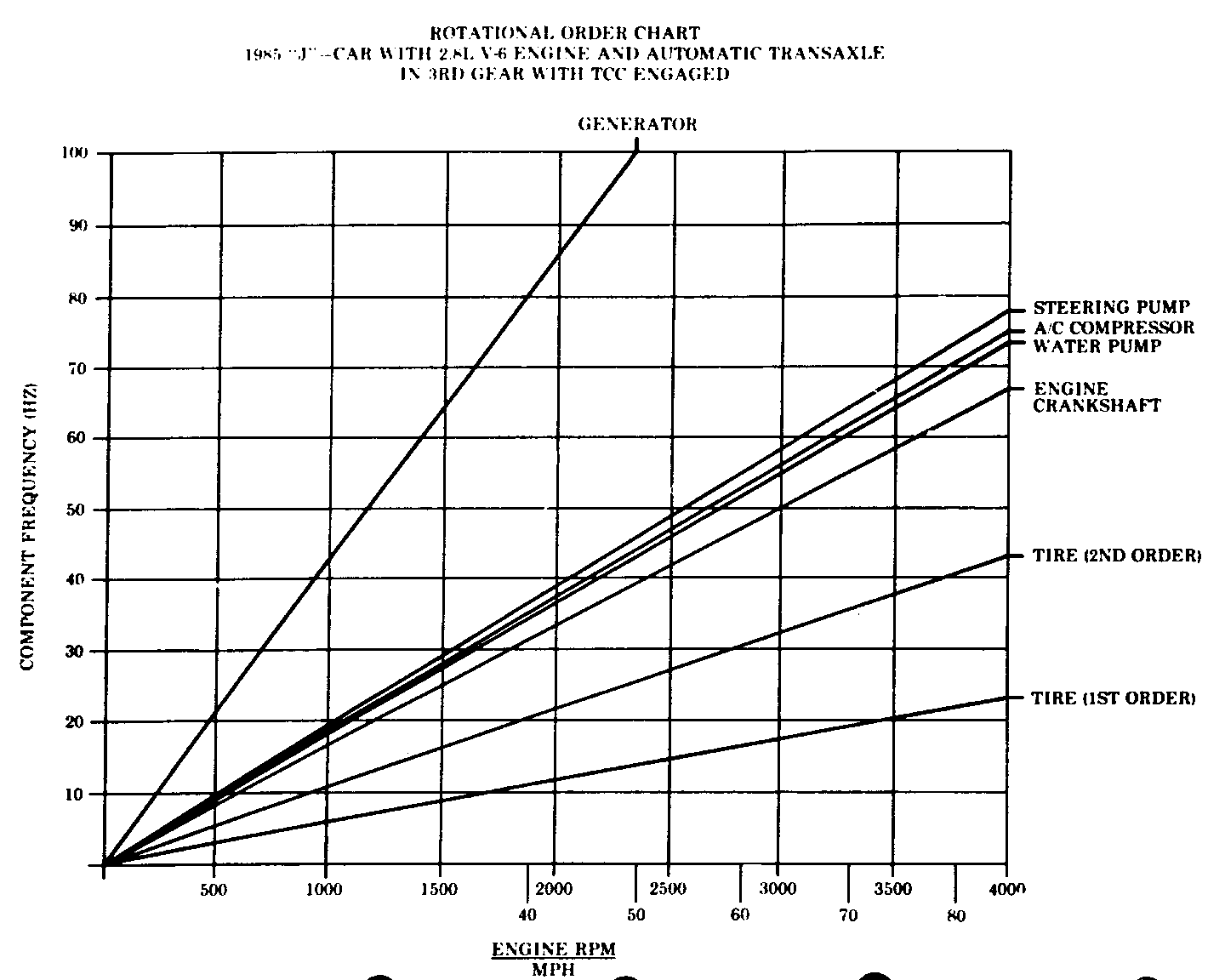
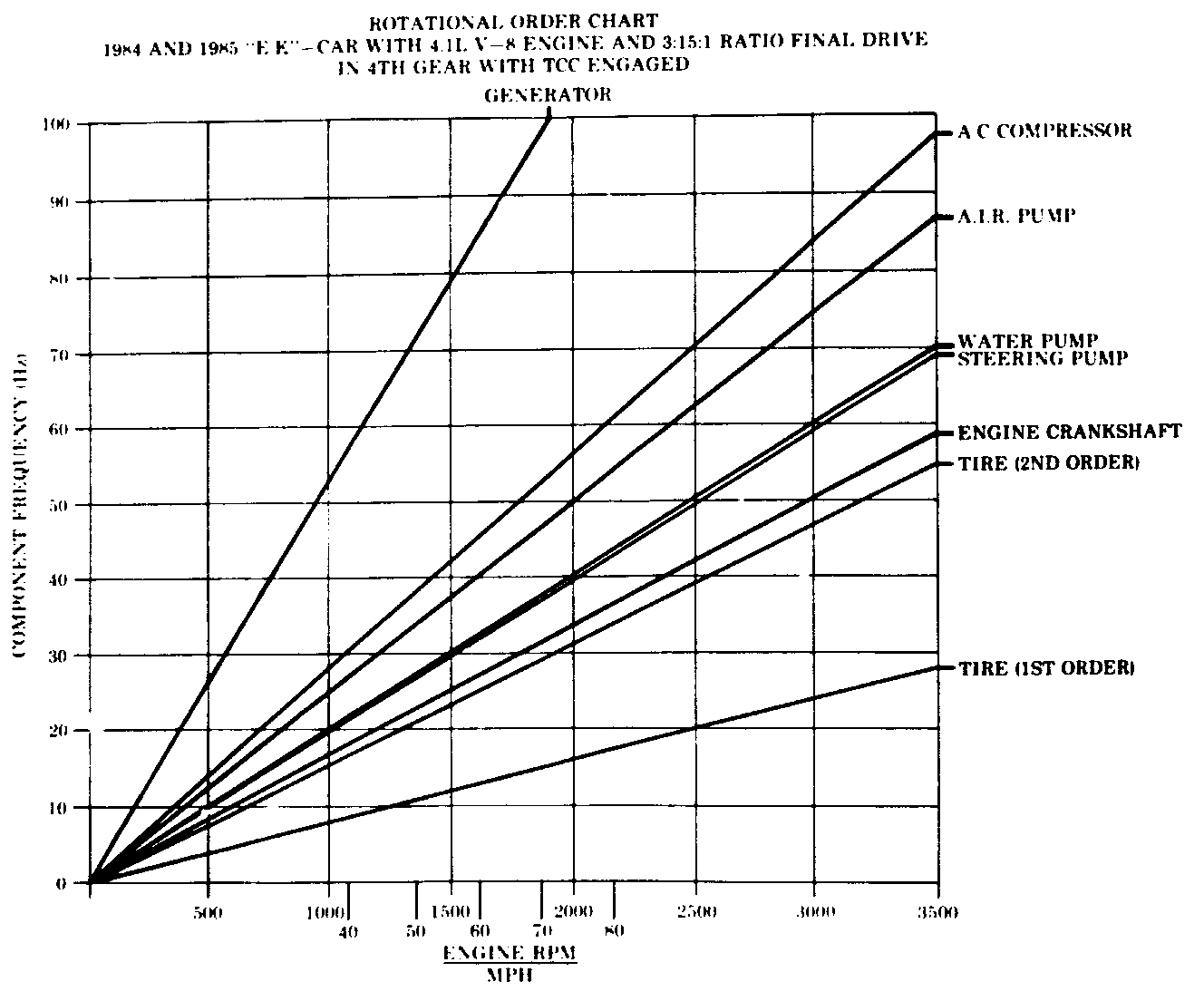
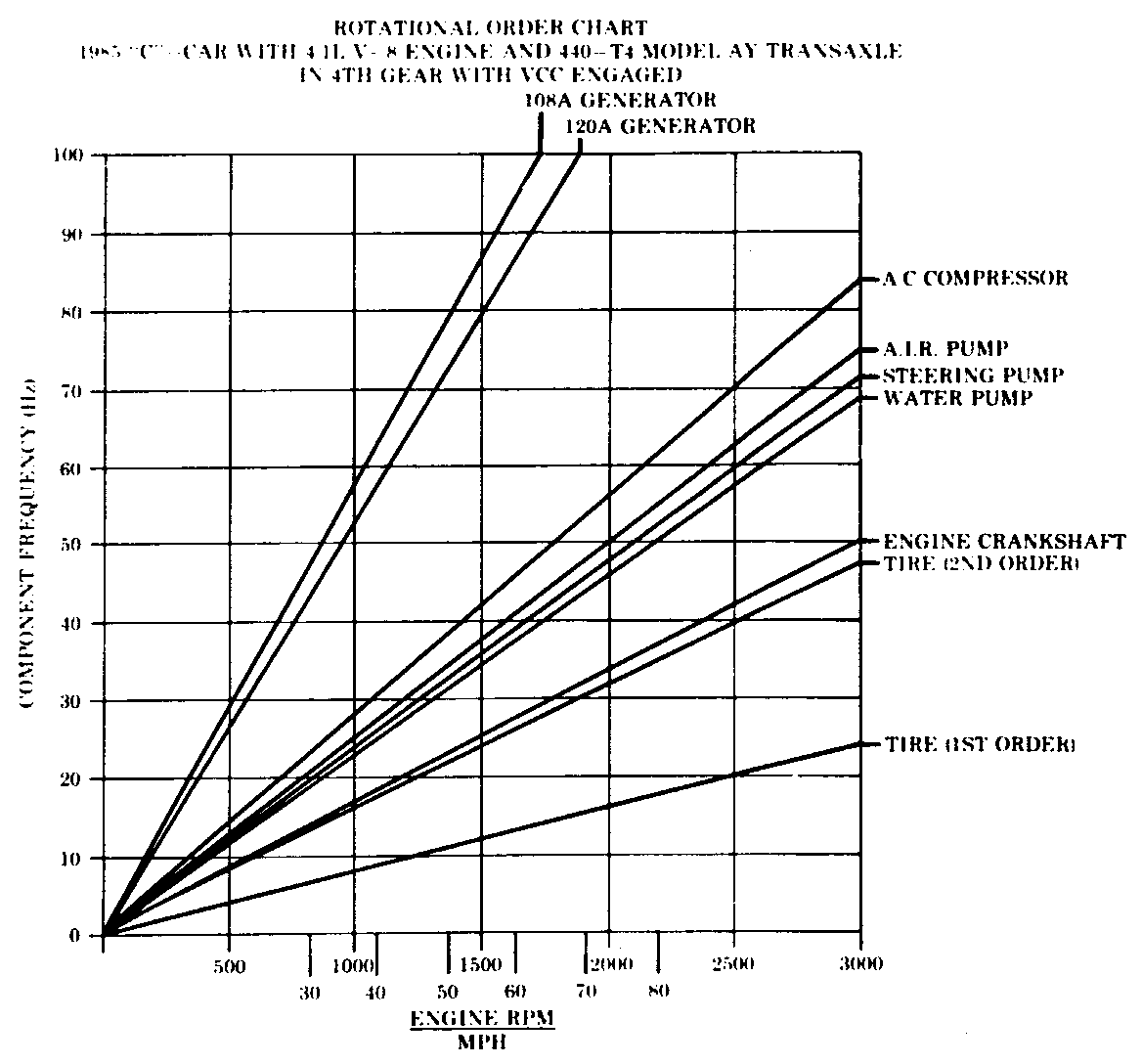
General Motors bulletins are intended for use by professional technicians, not a "do-it-yourselfer". They are written to inform those technicians of conditions that may occur on some vehicles, or to provide information that could assist in the proper service of a vehicle. Properly trained technicians have the equipment, tools, safety instructions and know-how to do a job properly and safely. If a condition is described, do not assume that the bulletin applies to your vehicle, or that your vehicle will have that condition. See a General Motors dealer servicing your brand of General Motors vehicle for information on whether your vehicle may benefit from the information.
